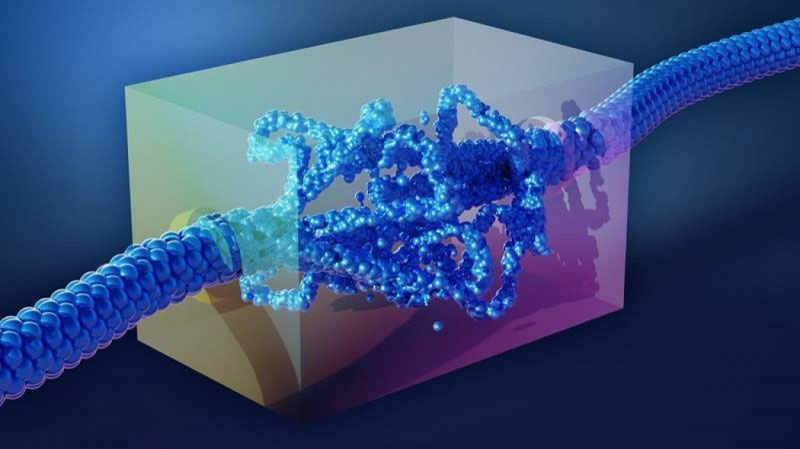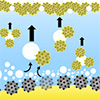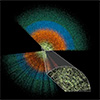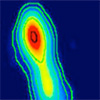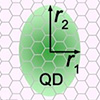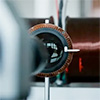Mar 24, 2025 Researchers have developed a new nanostructured material that, by harnessing the power of sunlight, can clear water of dangerous pollutants. (Nanowerk News) Researchers have developed a new material that, by harnessing the power of sunlight, can clear water of dangerous pollutants. Created through a combination of soft...
Blog
Moire than meets the eye
Mar 24, 2025 Phasons, low-temperature quasiparticles found in crystal lattices, help interlayer excitons move at ultra-low temperatures, offering insights for materials science and potential boosts to quantum tech stability. (Nanowerk News) A moiré pattern appears when you stack and rotate two copies of an image with regularly repeating shapes, turning...
Phosphorene nanoribbons show magnetic and semiconducting behavior
Mar 24, 2025 Room-temperature magnetic and electronic traits make phosphorene nanoribbons promising for next-gen, energy-efficient nanoelectronics. (Nanowerk News) A recent study published in the scientific journal Nature ("Magnetically and optically active edges in phosphorene nanoribbons") has examined the remarkable properties of phosphorene nanoribbons (PNRs). These atom-thin ribbons made of phosphorus...
Nanotechnology could improve odds in treating aggressive breast cancers
Mar 24, 2025 Scientists are developing novel nanoparticles that could dramatically increase the effectiveness of immunotherapies when treating triple-negative breast cancer. (Nanowerk News) University of Queensland researchers are designing nanotechnology they believe could improve how we treat the most aggressive form of breast cancer. Professor Chengzhong (Michael) Yu and his...
Can electricity flow without electrons?
Mar 22, 2025 Strange metals defy the 60-year-old understanding of electric current as a flow of discrete charges. (Nanowerk News) We all learned that electricity is caused by electrons moving in a metal. Each electron carries a discrete charge. The picture is more complicated because electrons repel each other. Any...
Nanoparticle thin films manufactured in one minute using only water and oil
Mar 21, 2025 Scalable method rapidly creates stable, flexible carbon nanoparticle films using only water and oil, enabling precise, waste-free coating on complex 3d surfaces. (Nanowerk News) A groundbreaking technology has been developed that enables the manufacturing of thin films, which typically require complex processes, using only water and oil...
Scientists reveal dark energy could be changing over time in unexpected ways
Mar 21, 2025 The mysterious force called Dark Energy, which drives the expansion of the Universe, might be changing in a way that challenges our current understanding of time and space. (Nanowerk News) New results from the Dark Energy Spectroscopic Instrument (DESI) collaboration hint that dark energy, widely thought to...
Cosmic anomaly hints at frightening future for Milky Way
Mar 21, 2025 Astronomers found a spiral galaxy with jets six million light-years long, hinting our Milky Way could one day unleash radiation powerful enough to threaten life on Earth. (Nanowerk News) A terrifying glimpse at one potential fate of our Milky Way galaxy has come to light thanks to...
Orbital hybridization achieved in graphene quantum dots for the first time
Mar 21, 2025 Researchers demonstrate orbital hybridization in graphene-based quantum dots, revealing how anisotropic confinement influences electronic states at the atomic scale. (Nanowerk News) A research team led by Professor Sun Qing-Feng, in collaboration with Professor He Lin’s group from Beijing Normal University, has achieved orbital hybridization in graphene-based artificial...
New quantum sensing method ould revolutionize high-precision measurement technologies
Mar 21, 2025 A new study has achieved unprecedented precision in detecting tiny shifts in light displacements at the nanoscale. This is relevant for example in the characterisation of birefringent materials and in high-precision measurements of rotations. (Nanowerk News) A study, led by the University of Portsmouth, has achieved unprecedented...




